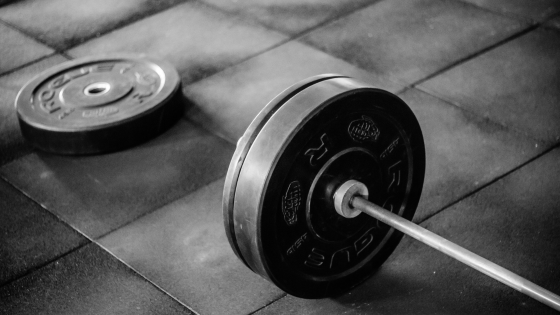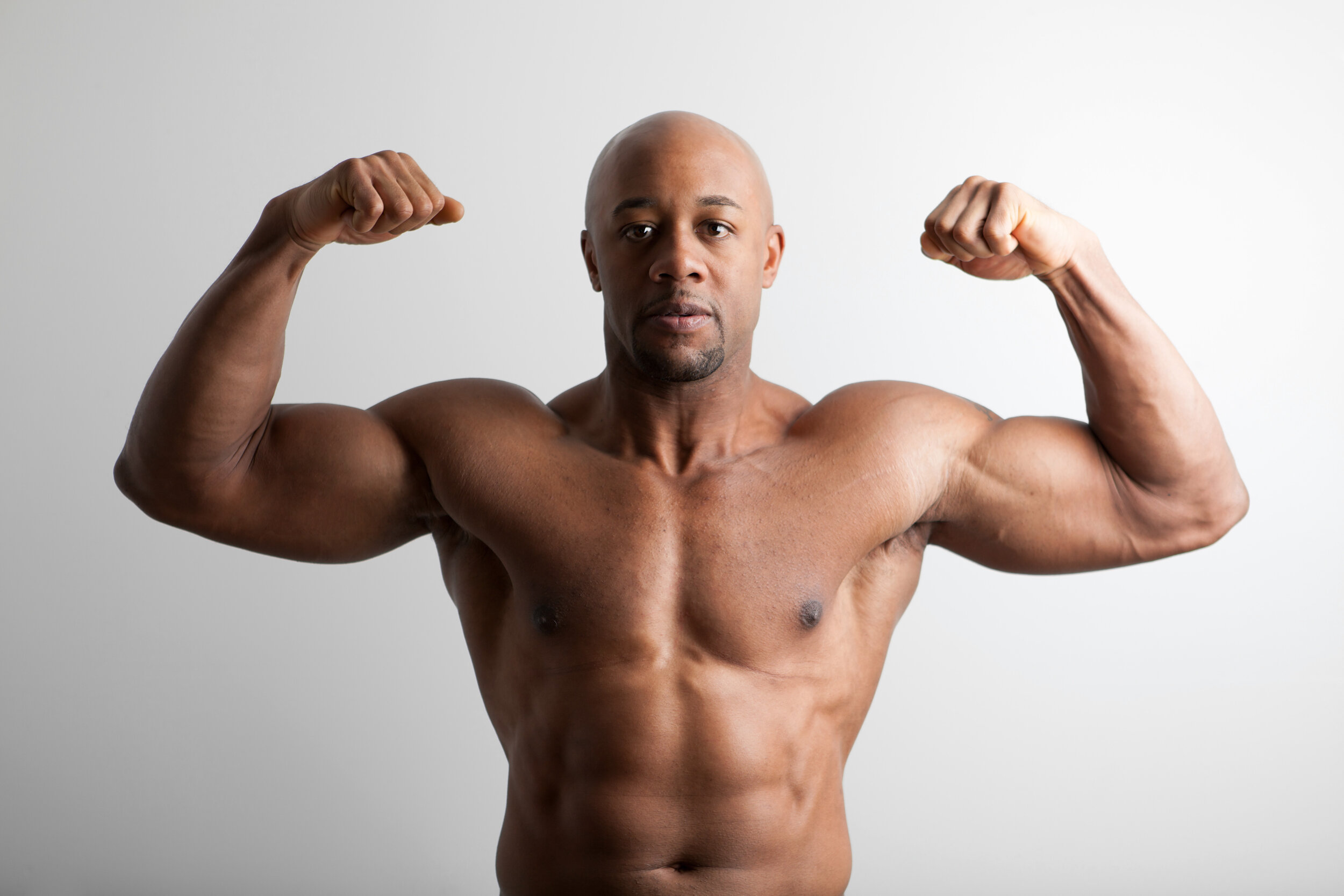

Simplicity Is King, and Muscle Confusion Is Garbage
In general, you’ll get better results from following a simpler routine more consistently, rather than constantly varying and changing your routine. Fad workout routines based around “muscle confusion” can work, but will generally provide you inferior results to simpler and more consistent routines. Serious lifting athletes rely on ideal the routines and strategies which have been developed over the years, and focus on practicing a small number of movements repeatedly, rather than constantly varying movements.

When Do We Physically Peak? (Peaking Part 2)
Olympic weightlifting is the main professional lifting competition, but Olympic athletes cannot be used to assess averages for lifters. The people who make it to the Olympics have genetic and social advantages that make them the best in the world.
The margin of winning at these high levels is so small that even the most dedicated and talented athletes may never make it to the Olympic Games and could quit trying to compete well before their physical peak.
Research in masters lifting has shown that most lifters were physically peaking between ages 30-35, and although their abilities do start decreasing, it’s at a much smaller and slower rate than people tend to expect.
Career peaking is a social construct and should not be used as the only way to measure expected performance and growth.
